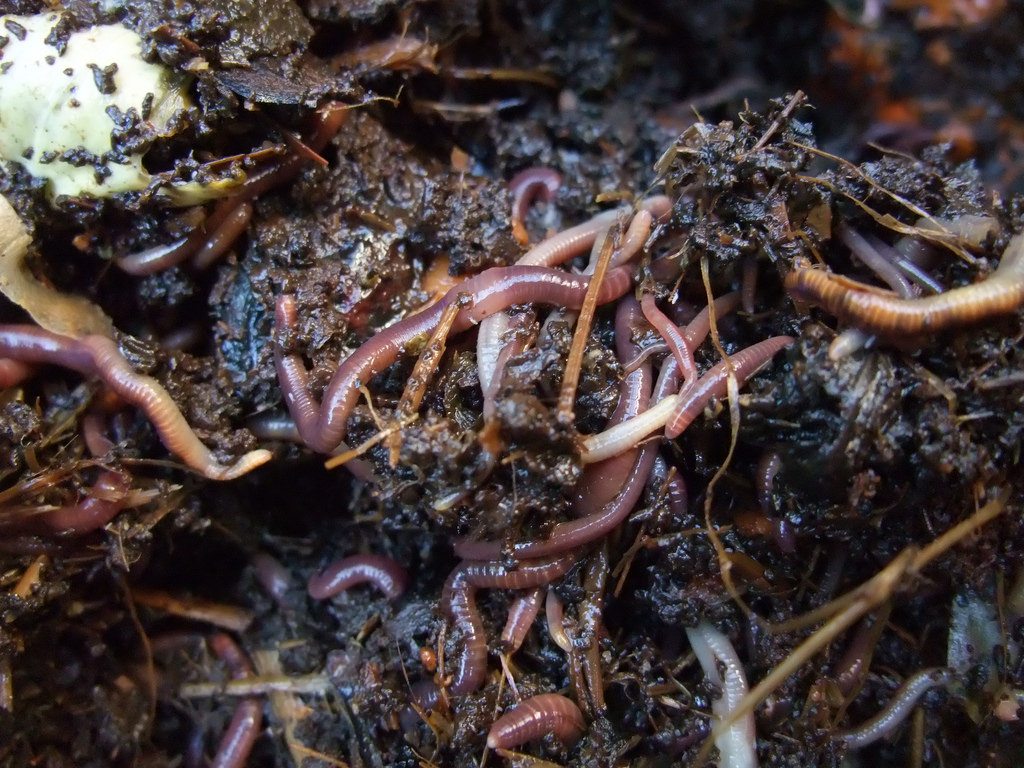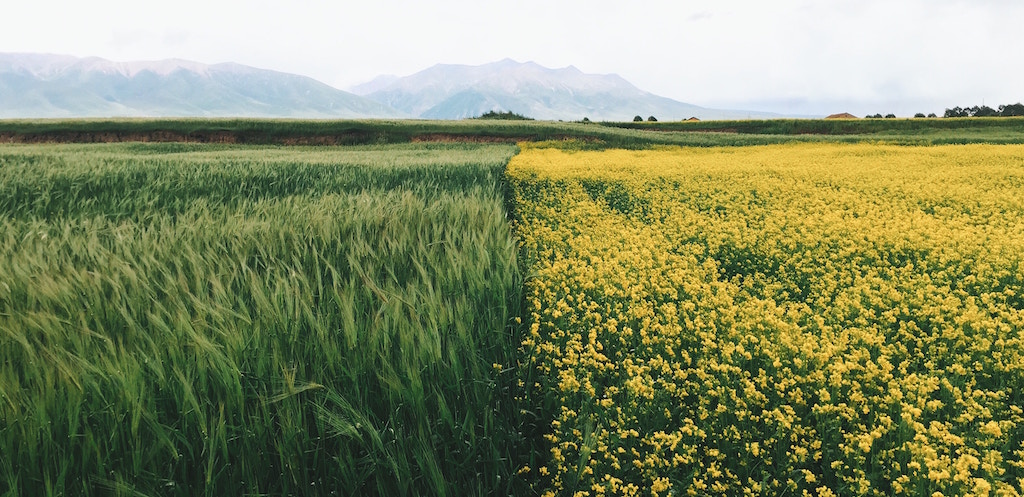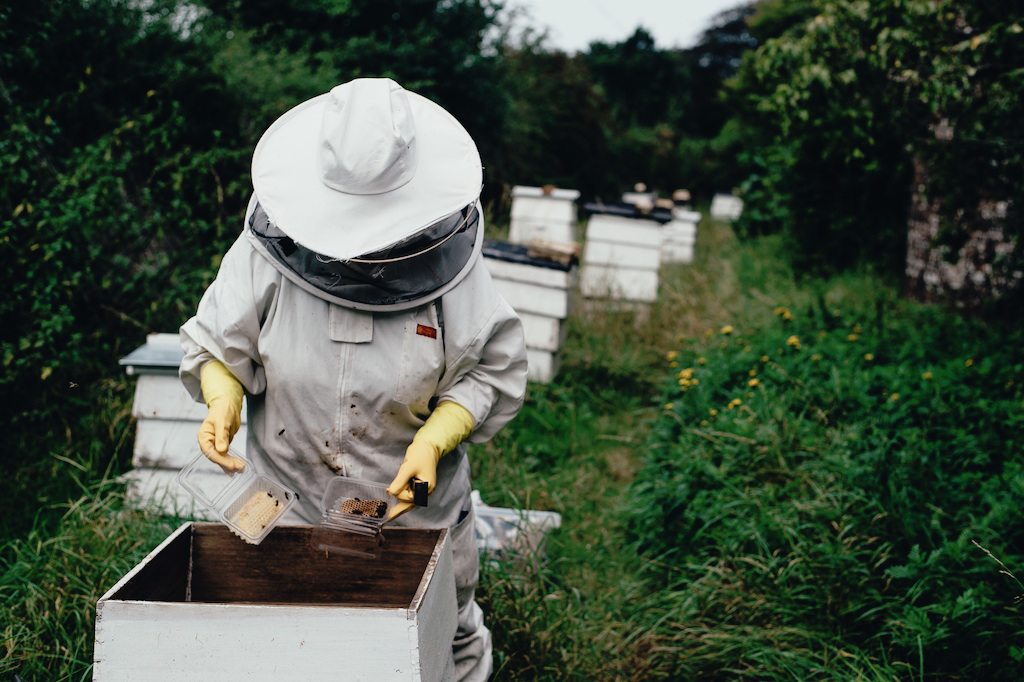In recent years, earthworms have taken something of a star turn. While not as lauded as the beleaguered honeybee, these little wrigglers are largely viewed as a crucial building block to sustainable agriculture. Their connections to soil health are well-acknowledged among gardeners and farmers (especially those with biodynamic leanings), they are undeniable compost heroes, and they’ve even been spotted helping drought-plagued California wineries. But if you consider yourself a superfan, we’ve got some bad news: Worms are causing trouble in the forest.
A recent study from Michigan Technological University revealed how earthworms are linked to a “dieback” in the Upper Midwest’s sugar maple trees. The study resulted from a mysterious decline in Michigan’s prized sugar maples, renowned for their foliage, lumber and (of course) sugary sap. Reports had been coming in from local foresters that many maples were looking quite unhealthy, with naked limbs and minimal new growth. Many of these trees would not end up surviving. In looking for causes, lead researcher Dr. Tara Bal said her team wasn’t initially focused on earthworms.
“We looked at 100 different forest sites, some that had experienced dieback and others that didn’t,” she says. “At the beginning we were looking at a wide variety of factors. Worms weren’t even on our radar.”
The biggest difference Bal’s team found between forests with healthy and unhealthy sugar maples was the condition of the forest floor. In essence, voracious earthworms tear through layers of mulch (the customary layers of branches and leaves and other organic flotsam you find underfoot in a forest). And while their appetites are highly prized when it comes to ramping up decomposition in your compost pile, the effects on other ecosystems can be quite destructive.
Sugar maples, which keep roots closer to the surface than many other trees, rely heavily on the mulch layer to keep soil moist. Without it, they can slowly die of thirst. Bal’s research suggests that the presence of worms worsens the quality of the all-important soil below—though she cautions that her team did not determine whether the worms were directly harming the maples or if it’s happening indirectly through drought.
But earthworms have been around forever, you may find yourself thinking. Why are they causing problems just now? Turns out, you may be the victim of a common misconception. Glaciation killed off worms in many North American forests thousands of years ago, says, Dr. Peter Groffman, senior scientist at the Cary Institute of Ecosystem Studies in Millbrook, New York. They have only recently snuck into many forests through a variety of means—stuck on boots, as fish bait, and so on. Earthworms aren’t native to the Upper Midwest and, odd as it is to hear, can behave like an invasive species.
The Upper Midwest has multiple PR campaigns to prevent people from transporting worms around, most notably the Great Lakes Worm Watch. But like those dastardly Zebra mussels, it’s next to impossible to remove them once they invade. “It’s honestly quite vexing,” Groffman says. Earthworms—both familiar European varieties and newly introduced Asian worms—procreate rapidly and cannot easily be treated by insecticides.
Bal says the next best thing may be to diversify our forests, thus making them more resistant to pests. Some geographic areas her team looked at functioned as an arboreal monoculture: miles and miles of nothing but sugar maples. The maple leaves are particularly appealing to worms because of their sugar content, and their roots are especially vulnerable. “I’m not saying I want to lose our sugar maples,” she cautions. “But if we added in some oak, cherry, birch trees, our forests could develop better resilience to worms, or even Asian Long-Horned Beetles.”
One final thought: Earthworms may even be overvalued in agriculture, according to Groffman. While their composting value is unquestionable, they aren’t necessarily helping your garden itself. “If you turn over your soil and see a tangle of worms, you’re probably thinking, ‘Oh wow, my soil is healthy!’” he says. “This is not wrong, but the mistake is thinking the worms caused that health. Their presence means there are lots of nutrients in the soil, but they aren’t giving you those nutrients; they are consuming them.”
Still, Groffman imagines this news may be poorly received from certain sectors of the public.
“When scientists tell people something that contradicts what they’ve heard for years, they pay attention,” says Groffman. “Let’s say we tell them earthworms can cause some negative effects. Their first reaction may be, ‘That guy is an idiot.’ Hopefully the next step is engaging them in conversation.”











